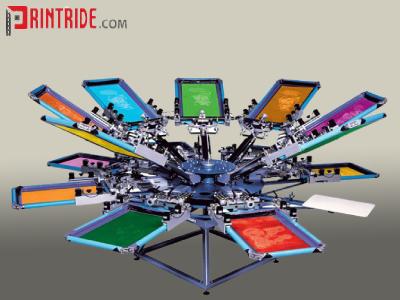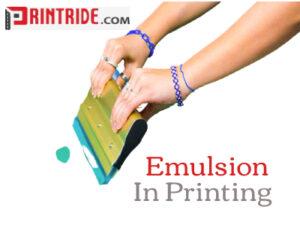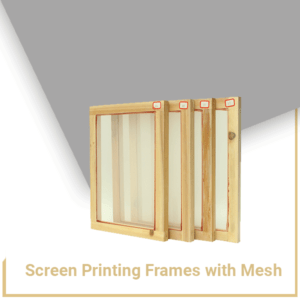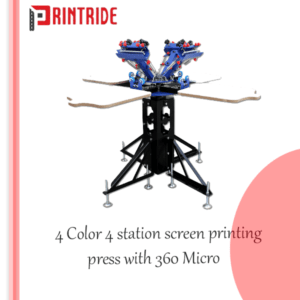- You have no items in your shopping cart
- Subtotal: ₹0.00

Screen printing
It a printing process where a mesh is used to transfer ink to a substrate, where ink is not permitted to pass through certain areas by a blocking stencil. Squeegee is moved across the screen to fill the open mesh apertures with ink which is also called as flooding. A reverse stroke then causes the screen to touch the substrate momentarily along a line of contact. This causes the ink to wet the substrate and be pulled out of the mesh apertures as the screen springs back. One color is printed at a time, so several screens can be used to produce a multi-colored image or design.
Screen printing has a lot of pros
first being the high quality of the print. Your t-shirt prints are going to be more vibrant in color compared to on-demand printers. And if you’re using water-based ink, the print will feel softer and last a lot longer. A higher quality output than digital prints, more durable for prints that are needed over the long-term. This can be used on a variety of different print materials, including paper bags, polythene bags, wedding cards, glass, wood, textiles, signs, banners, electronics, and much more. This is long-lasting, user friendly, practical for big orders, adaptable and still more.
To print multiple copies of the screen design on garments in an efficient and professional manner printers usually use a screen printing press. Many companies offer simple to sophisticated printing presses. These presses come in one of three types Manual, Semi-Automatic, and Fully Automatic. Most printing companies will use one or more semi-automatic or fully automatic machines.
Sources :- Anand Babu




